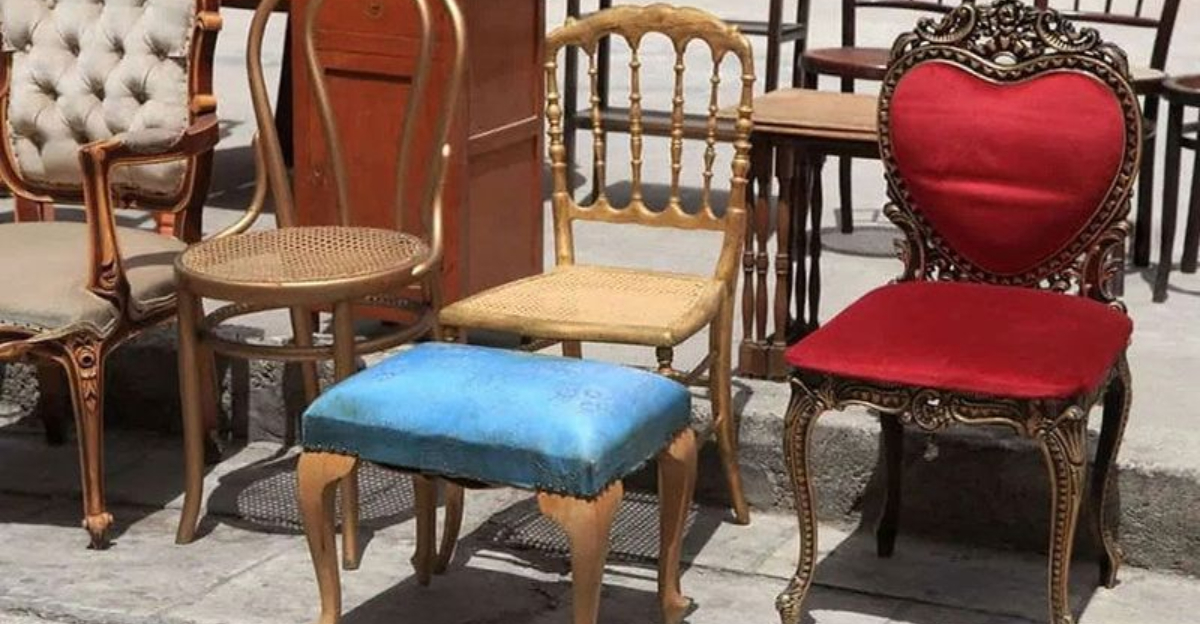Looking at that sagging couch or wobbly table again? We’ve all been there – staring at furniture that’s seen better days but feeling stuck on how to dispose of it responsibly.
Getting rid of old furniture doesn’t have to mean sending it straight to the landfill. From donation to upcycling, numerous options exist that benefit both your space and potentially someone else’s home.
1. Donate to Charity
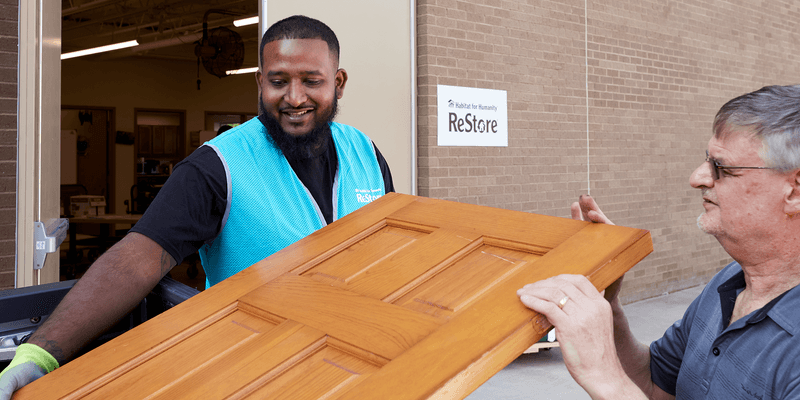
Got usable pieces gathering dust? Many charitable organizations gladly accept furniture donations to help families in need.
Organizations like Goodwill, Salvation Army, and Habitat for Humanity ReStores offer free pickup services for larger items, saving you transportation hassles. As a bonus, most donations qualify for tax deductions, so remember to request a receipt!
2. Sell Online Marketplaces
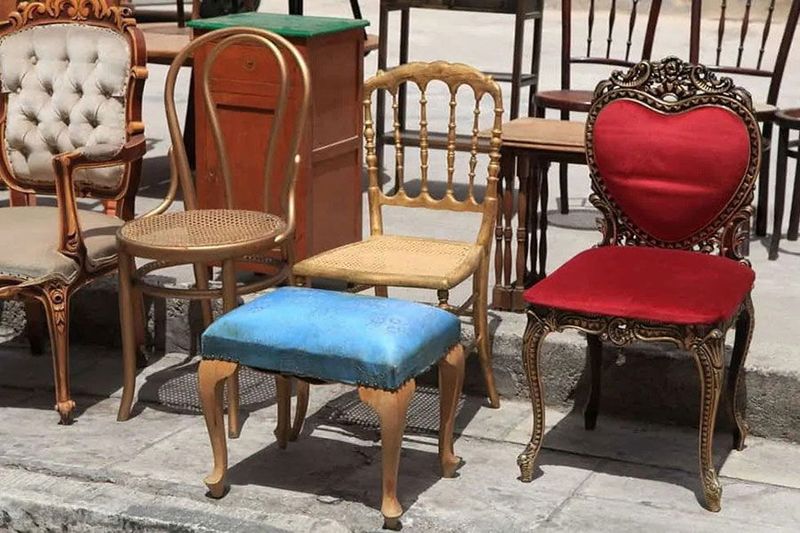
Surprisingly, that outdated dining set might be exactly what someone else is searching for online. Facebook Marketplace, Craigslist, and OfferUp connect you directly with local buyers.
Simply snap a few photos from different angles, write an honest description including any flaws, set a reasonable price, and wait for inquiries. Cash in hand and empty space – what could be better?
3. Host a Garage Sale
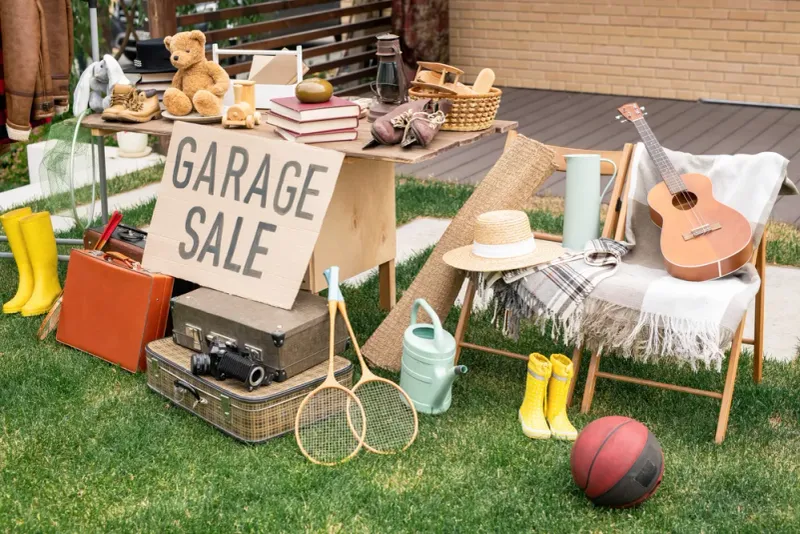
Weekend warriors, rejoice! Garage sales remain one of the most effective ways to clear multiple pieces at once while making some quick cash.
Combine furniture with other household items you no longer need to attract more shoppers. Consider applying colorful price tags and arranging items attractively on your driveway. Bargain hunters love the thrill of negotiation, so be prepared for some haggling!
4. Recycle at Local Facilities

Wood, metal, and even certain upholstery components can find new life through proper recycling channels. Many cities operate specialized furniture recycling facilities that break down pieces into reusable materials.
Call your local solid waste department to inquire about furniture recycling options in your area. Some facilities may charge small processing fees, but knowing you’ve kept bulky items out of landfills provides priceless peace of mind.
5. Offer to Friends or Family
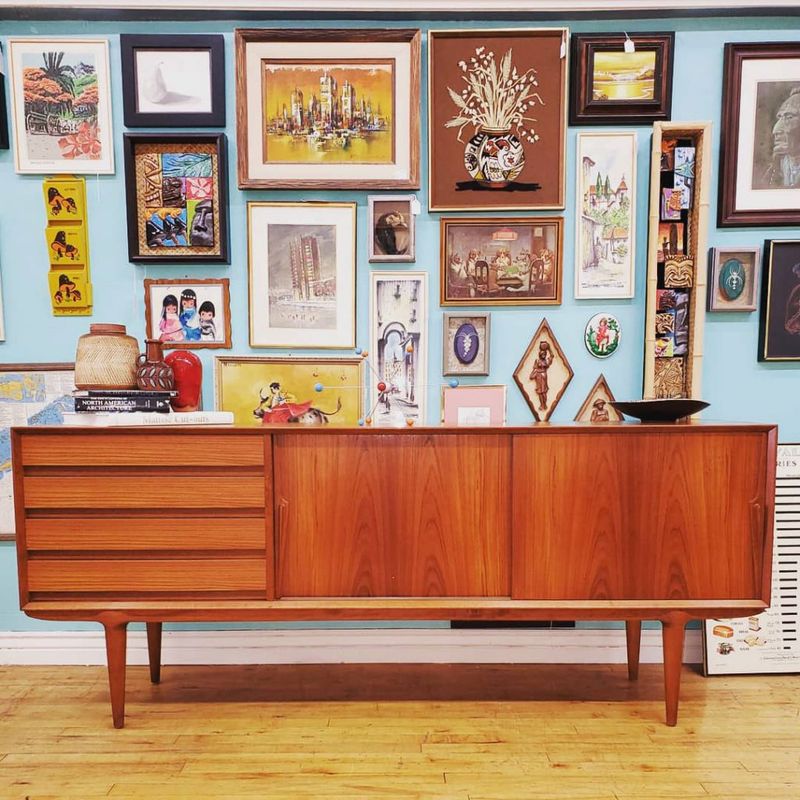
Before exploring other options, why not check if loved ones could use what you’re discarding? That bookshelf might be perfect for your nephew’s first apartment or your sister’s home office.
Spread the word through family group chats or during gatherings. Take photos to share with distant relatives. Moving furniture between family members creates wonderful hand-me-down stories and helps items find appreciative new homes without any money changing hands.
6. Use Bulk Trash Pickup
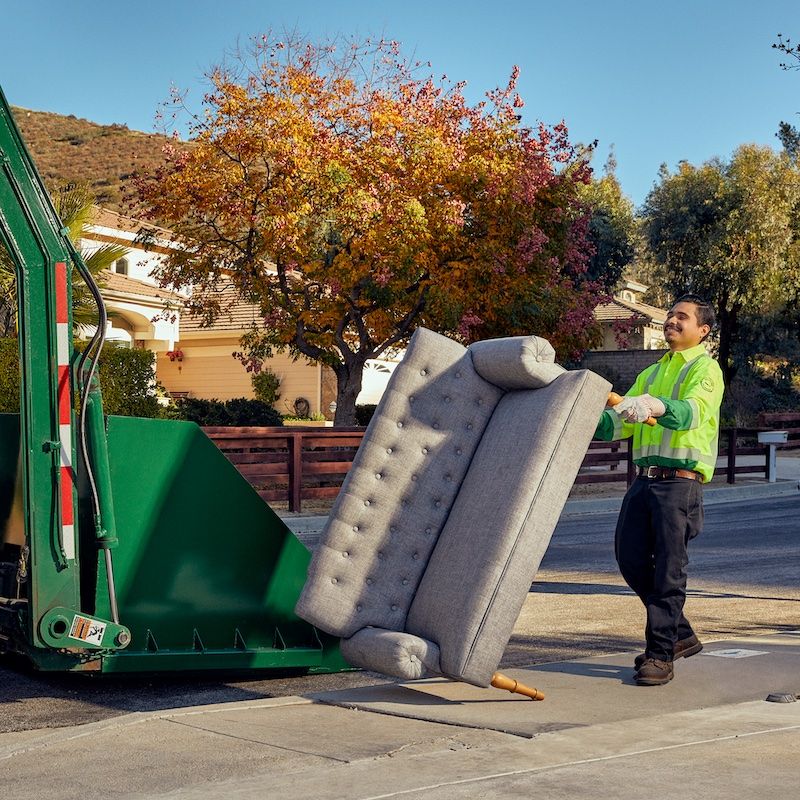
Many municipalities offer special collection days for large items that won’t fit in regular trash bins. Check your city’s sanitation department website or give them a quick call.
Typically, you’ll need to schedule pickup in advance and follow specific placement instructions. Some areas require items to be wrapped or disassembled. While convenient, remember this should be a last resort for truly unusable pieces since landfill space is limited.
7. Repurpose or Upcycle

Feeling crafty? Transform that worn-out dresser into a kitchen island or convert bed frames into unique garden benches! DIY upcycling breathes new life into old pieces.
Countless tutorials online can guide even beginners through furniture transformation projects. A fresh coat of paint, new hardware, or creative repurposing can completely reinvent items you’d otherwise discard. Plus, you’ll gain bragging rights for your one-of-a-kind creations!
8. Trade at Furniture Stores
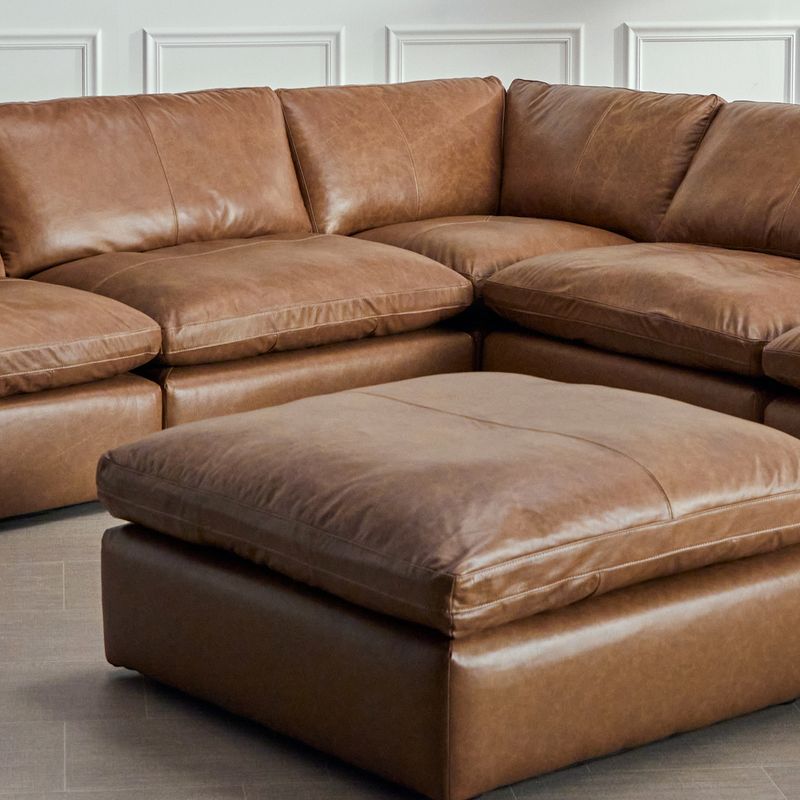
Surprisingly, many furniture retailers offer trade-in programs toward new purchases. Some national chains and local boutiques accept used furniture as partial payment.
Ask about trade-in options when shopping for replacement pieces. While you won’t receive full value, the convenience factor and immediate removal make this attractive. Higher-end or vintage stores particularly appreciate well-maintained pieces with good bones, regardless of outdated styling.
9. Consignment Shops

Unlike direct donations, consignment arrangements let you earn money when your furniture sells. Shops typically split proceeds 50/50 or 60/40 after items find buyers.
Focus on quality pieces in good condition – vintage, designer, or solid wood items perform especially well. Most shops have specific acceptance criteria and will evaluate items before accepting them. While requiring patience, consignment often yields higher returns than quick-sale methods.
10. Give to Local Theaters or Schools
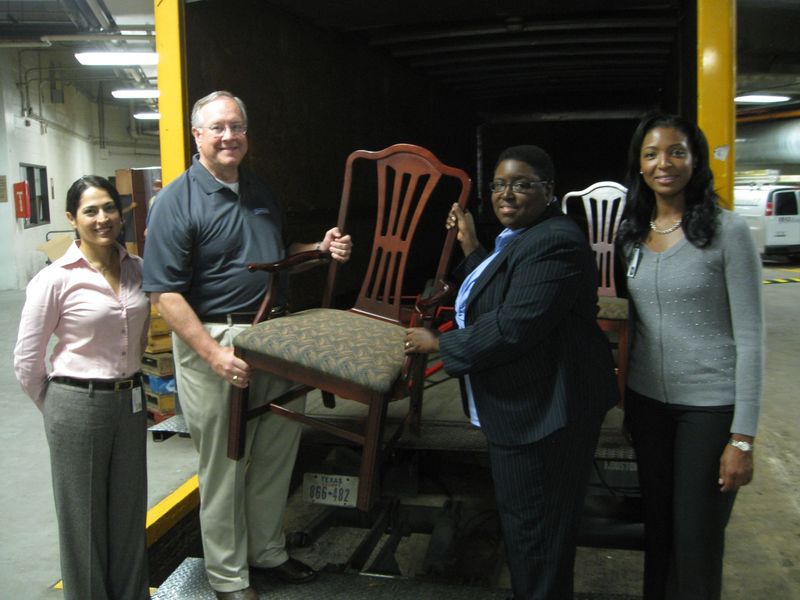
School drama departments and community theaters constantly need furniture for stage productions! Your outdated sofa could star in the next local play.
Educational institutions also appreciate furniture donations for classrooms, teachers’ lounges, or student areas. Contact drama teachers, theater directors, or school administrators directly. Beyond helping worthy organizations, you might even spot your former coffee table during the next performance you attend!
11. Use Freecycle Networks
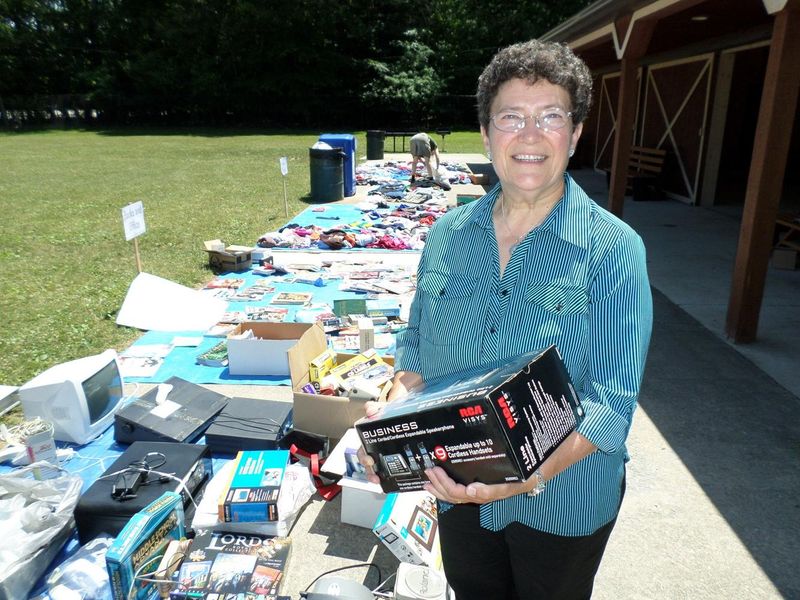
Freecycle.org and similar community-based networks connect people who want to give away items with those who need them. Nothing sells faster than free!
Simply post descriptions and photos of available pieces, then arrange pickup with interested parties. Unlike selling platforms, no money changes hands – everything is completely free. Members often respond within hours, making this one of the quickest ways to clear space.
12. Contact Local Shelters
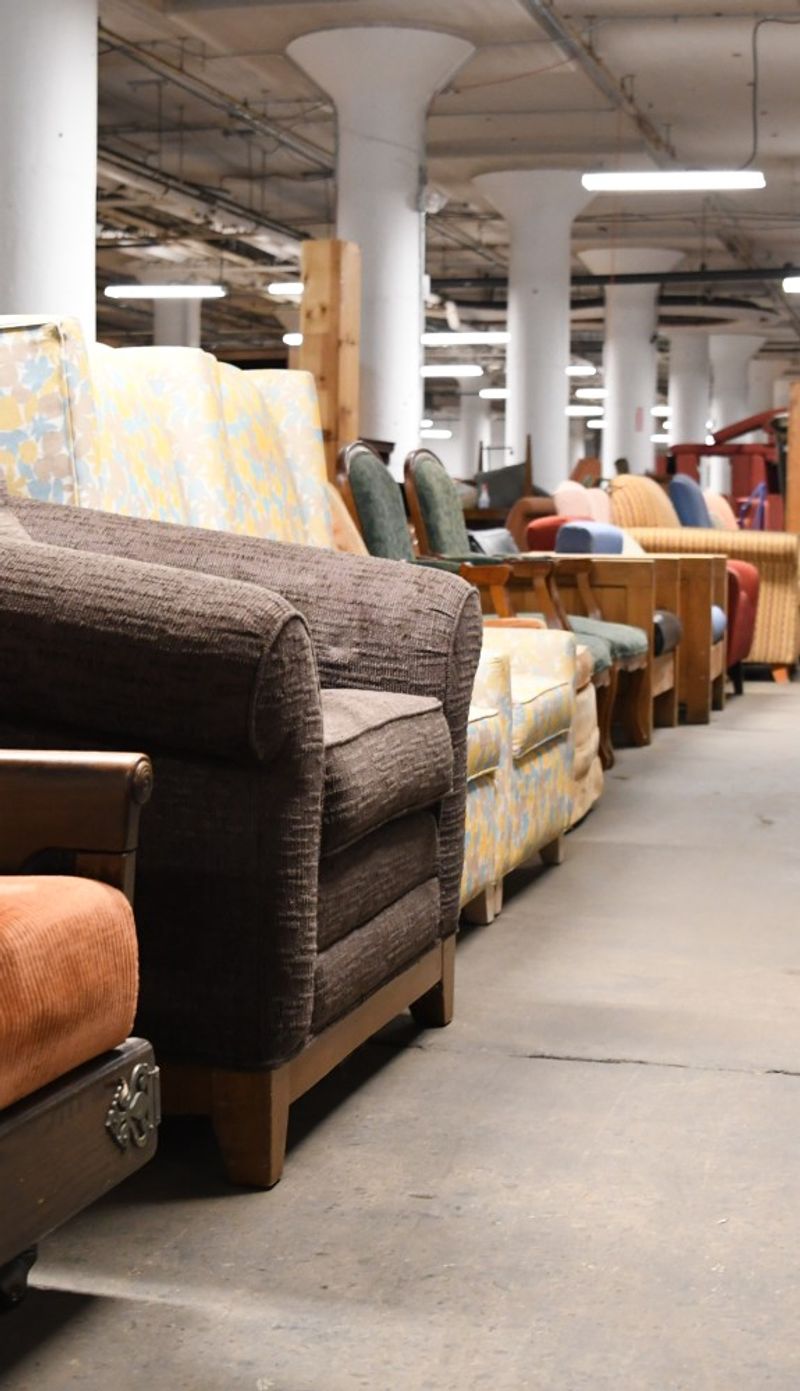
Homeless shelters, women’s refuges, and veteran support organizations frequently need furniture for their facilities or to help clients transition into permanent housing.
Call ahead to verify current needs and condition requirements. Many shelters operate with limited storage space, so timing donations with their specific needs works best. Your unwanted items can make a tremendous difference for someone rebuilding their life from scratch.
13. Junk Removal Services
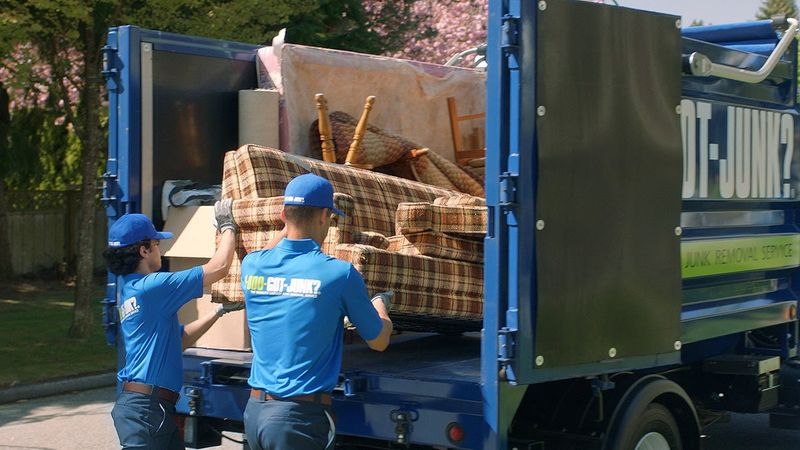
When time matters more than money, professional junk removal companies offer same-day furniture removal with zero effort on your part.
Companies like 1-800-GOT-JUNK, College Hunks Hauling Junk, and local operators handle all the heavy lifting. Many services actually donate or recycle suitable items rather than landfilling everything. While costlier than DIY options, the convenience and immediate space reclamation justify the expense for many busy households.
14. Post on Community Boards

Virtual neighborhood platforms like Nextdoor connect you with nearby residents who might appreciate your unwanted items. Local bulletin boards at grocery stores, community centers, and laundromats work wonderfully too.
Create simple flyers with photos, brief descriptions, and contact information. Neighbors often prefer acquiring furniture from nearby sources they can trust. Plus, short-distance moves minimize transportation challenges for bulkier pieces that won’t fit in standard vehicles.
15. Curbside Giveaway

Sometimes the simplest solution works best! In many neighborhoods, placing unwanted furniture at the curb with a “FREE” sign results in astonishingly quick disappearance.
Check local ordinances first to ensure this practice is permitted in your area. Choose dry weather days and remove items promptly if not taken. Adding a simple note about each piece’s condition shows consideration for potential takers and increases the likelihood of successful adoption.
16. Donate to Animal Shelters

Surprisingly, pet adoption centers often welcome old furniture donations! Couches, chairs, and even tables create comfortable environments for animals awaiting forever homes.
Animal shelters use soft furniture in socialization rooms where potential adopters meet pets. Scratched items unsuitable for human donation find perfect second lives here. Call ahead to confirm specific needs – while not all centers accept furniture, those that do will be extremely grateful.
17. Use Online Buy Nothing Groups

Facebook hosts thousands of hyperlocal “Buy Nothing” groups where members give and receive items freely within tight geographic boundaries. Unlike general Facebook Marketplace, money never enters the equation.
Simply post photos with brief descriptions, then use the group’s established gifting protocols. Many groups employ fun selection methods like “interested and can pick up today” or random number generators when multiple people express interest. Connections formed often extend beyond single transactions!
18. Hire a Hauling Service

Local hauling services offer middle-ground solutions between DIY disposal and full-service junk removal. Unlike national companies, independent haulers typically charge lower rates.
Search online for “furniture hauling” plus your city name, or check service apps like Thumbtack and TaskRabbit. Most operators charge by volume or weight rather than hourly rates. Request information about their disposal methods if environmental concerns factor into your decision-making process.

